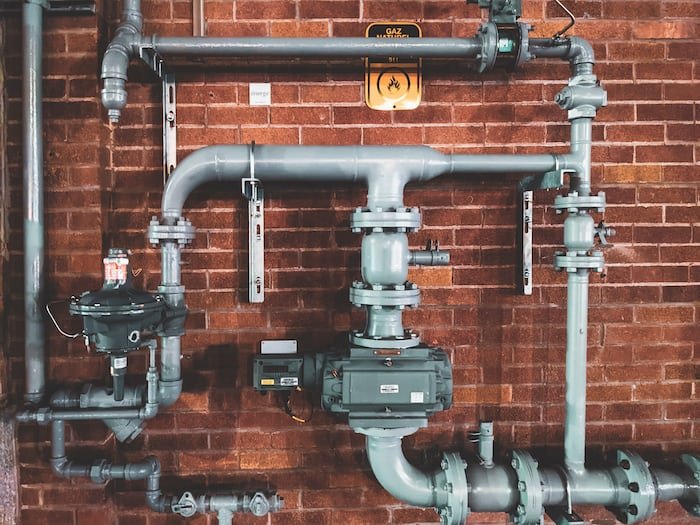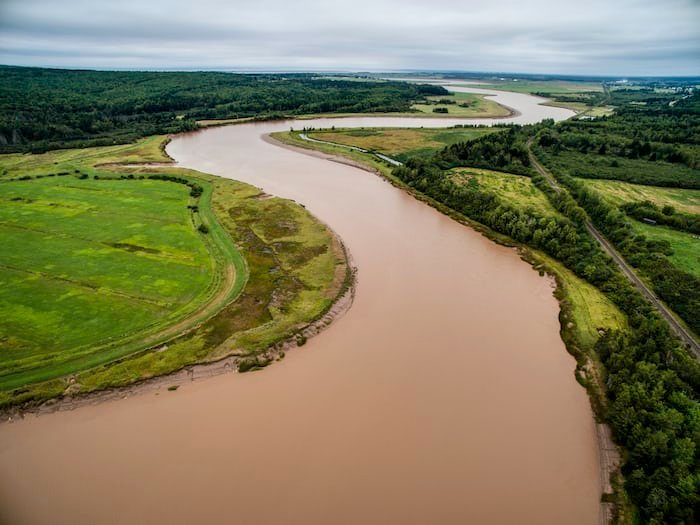The Role of STEM Disciplines in Addressing Global Water Scarcity
Water insufficiency vexes many locales globally, influencing wellbeing, sustenance generation, and the environment. To adequately address this test, STEM(Science, Technology, Engineering, and Mathematics) fields are essential. This post features STEM disciplines in tending to worldwide water shortage and investigates how STEM adds to supportable water administration and preservation.

Water Resource Assessment and Monitoring:
The supply and monitoring of water necessitates technical fields. Hydrological simulations, sensing from a distance, and geographical frameworks furnish requisite figures on water volume, purity, and usage forms. This enables legislators and water administrators to make enlightened choices on allotment, preservation, and maintainable control of water resources.

Sufficient utilization of water and preservation methodologies:
Crucial domains of study serve a vital function in formulating and employing mechanisms that champion judicious water usage and safeguarding. For example, in crop cultivation, meticulous watering frameworks exploit detectors, information examination, and mechanization to streamline water application, diminishing squander and boosting harvest efficiency. Likewise, progressions in plumbing installations,

water sanitation, and wastewater reusing technologies conduce to economizing water in housing, trade, and manufacturing environments.

Desalination and Water Treatment:
New technologies have allowed for the conversion of saltwater and contaminated water into clean, consumable water.

Seawater and dirty water can now be turned into freshwater through methods such as reverse osmosis and special filter use. Areas lacking in natural freshwater sources now have an alternative thanks to desalination. Additionally , cutting-edge water treatment techniques involving state-of-the-art filtration, sterilization, and refinement procedures have improved water quality and safety. Scientific research and development within STEM fields have greatly contributed to the progression and affordability of these desalination and water treatment technologies.

The atmospheric deviations and administration of aquifer assets:
Fundamental topics of study are instrumental in comprehending the consequences of atmospheric flux on aquifer assets and conceiving methodologies for acclimation. Atmospheric experts implement replicas and information analysis to predict transformations in downfall configurations, stream flows and water availability. This insight aids in formulating preventive procedures, such as water storage and distribution infrastructure,dryness forecasting systems, and water allocation policies, to relieve the effects of atmospheric flux on water shortage.

Water Infrastructure and Engineering:
The delivery of water follows a journey from source to destination, facilitated by interconnected structures and equipment. Hydraulic engineers apply scientific principles to develop containment, transportation, and purification mechanisms, guaranteeing the steady provision of this essential resource.

Reservoirs accumulate and regulate, pipelines circulate and direct, treatment facilities cleanse and prepare, all components collaborating to satisfy the ever-growing need for potable supply in an environmentally-conscious fashion. From start to finish, engineering ingenuity drives the complex minutiae underlying this systematic process.

Water Education and Awareness:

Educating people about water and raising consciousness of its limited availability and value is also advanced through science, technology, engineering and math. Curricula in educational institutions at all levels cultivate an understanding of water’s significance, scantiness, and how everyone can assist in preserving and governing it sensibly. Outreach endeavors by those in technical fields further spread recognition of water shortage troubles and encourage shifts in conduct that aid water retention.

Information Analysis and Choice Backing Frameworks:
Science, technology, engineering and math fields, involving information science and examination, add to the creation of choice backing frameworks for water asset administration. By incorporating huge informational collections, factual models, and prescient investigation, these frameworks help policymakers and water administrators in settling on educated choices in regards to water designation, use, and preservation measures. Information driven methodologies help advance water the executives techniques, improve productivity, and guarantee supportable utilization of water assets.

Conclusion:
The importance of STEM areas in resolving the increasing lack of water everywhere should not be underestimated. By employing scientific study, progress in technology, engineering fixes, scrutinizing statistics, and educational drives, STEM realms notably add to maintaining water sustainably, using water efficiently, and saving initiatives. By utilizing the collective capability of STEM areas together, we can address the difficulties of little water, encourage water safety, and guarantee a sustainable future for generations ahead.
Yay! 🤗
Your content has been boosted with Ecency Points, by @timix648.
Use Ecency daily to boost your growth on platform!
Support Ecency
Vote for new Proposal
Delegate HP and earn more
I think many are beginning to understand why and how fresh drinkable water is in short supply. The Stem field is a good way to create systems that helps us generate more fresh drinkable water and offset the short supply of it. Awareness is what's a bit lacking at the grassroots so education is very important too.
Yeah you are right🤔
Thanks for reading 🙏👋
Thanks for your contribution to the STEMsocial community. Feel free to join us on discord to get to know the rest of us!
Please consider delegating to the @stemsocial account (85% of the curation rewards are returned).
Thanks for including @stemsocial as a beneficiary, which gives you stronger support.